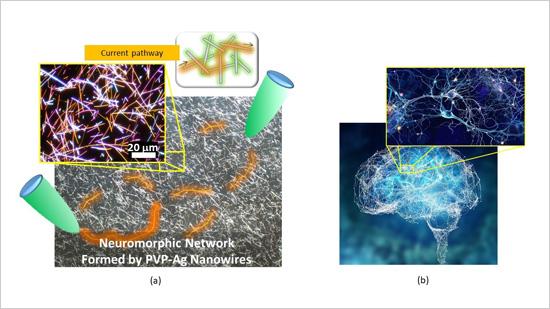Using advanced artificial intelligence (AI) techniques and a complex network composed of several metallic nanowires, a team of international researchers demonstrated how to mimic electrical characteristics associated with various higher order human brain functions. This includes things like learning, memorizing, become alert, and calming down.
The development of such advanced AI techniques has grown steadily over the past few years and has impacted our lives in many ways. And while AI attempts to process data in a similar fashion to that of the human brain, there is still so much that we don’t understand about it, making this a very difficult task. One of the major pieces of information we are lacking is how the brain carries out certain functions such as learning, memorizing, become alert, and calming down.
But a live brain is extremely hard to work with when it comes to this kind of research. So instead, a joint international research team led by Tomonobu Nakayama, Deputy Director, International Center for Materials Nanoarchitectonics (WPI-MANA), NIMS, Adrian Diaz Alvarez (Postdoctoral Researcher, WPI-MANA, NIMS), Zdenka Kuncic (Professor, School of Physics, University of Sydney, Australia) and James K. Gimzewski (Professor, California NanoSystems Institute, University of California Los Angeles, USA), took a different approach.

Together the team developed a complex network in which to mimic the brain. This system consisted of numerous silver wires that were coated in a very thin polymer (PVP) layer. Between two nanowires sits a junction that acts as a neuronal synapse. Collectively, it forms an intricate neuromorphic network. When applying a voltage to the network it had difficulty in finding optimal current pathways.
The team measured the various processes involved in current pathway formation, retention, and deactivation as they current continued to flow through the network. What they discovered was the processes always fluctuate as they progress, similar to that of the human brain when memorizing, learning, and forgetting. The same kind of temporal fluctuations also occurred when the brain became alert or returned to calm.
Next on the cards for the research team is to develop a brain-like memory device using the same network material. Unlike current computers, this device will operate using completely different principles such as making decisions quick as opposed to those with optimum solutions. Hopefully, this research will help facilitate a better understanding of the way in which the brain processes information.

